- The Future DJ
- Posts
- DJ Software Rivals Just Teamed Up — OneLibrary Could Change Everything
DJ Software Rivals Just Teamed Up — OneLibrary Could Change Everything
Traktor goes beginner-friendly, OpenAI builds a browser to think for you, OneLibrary wants to unify your music universe, and Aaron Traylor DJed Tokyo with smartglasses like he was in Black Mirror. Plus: Rate My Crate night hits Hackathon — are your playlists ready?
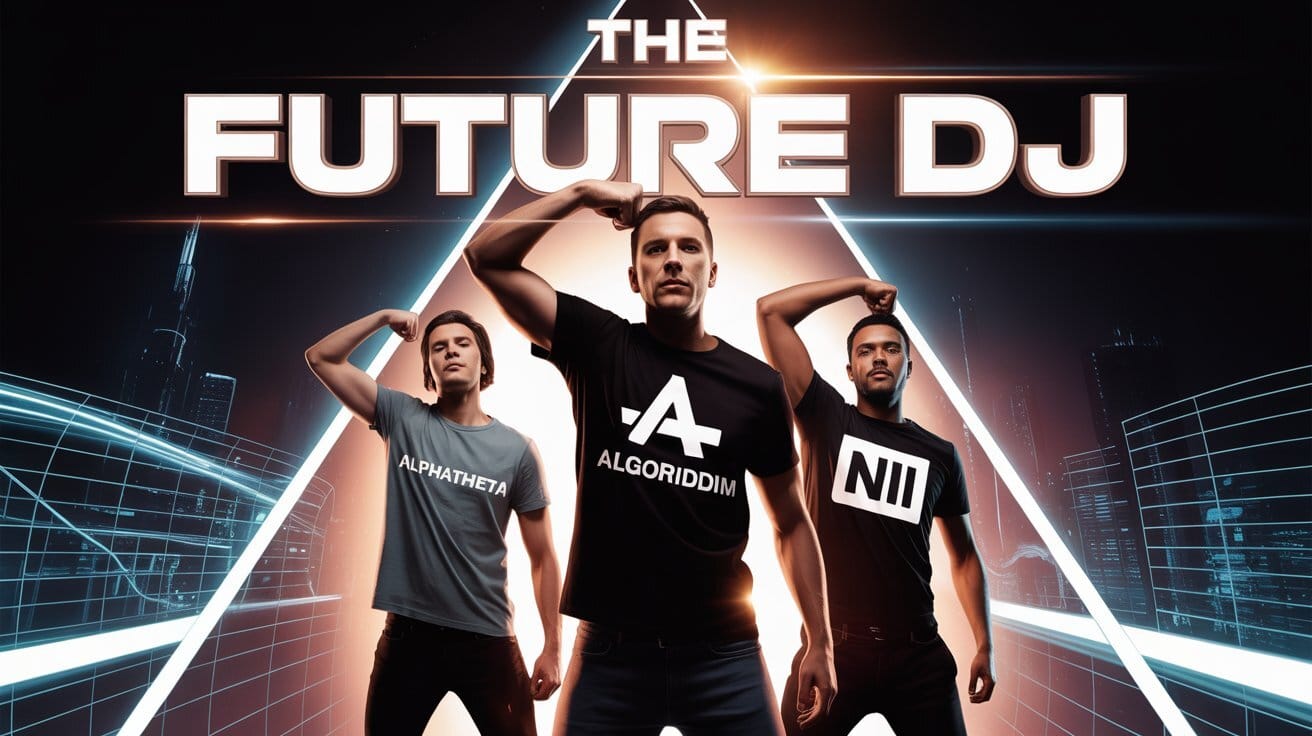
You’re invited to the world’s largest email marketing conference.
Become an email marketing guru at the GURU conference. It’s two days full of all things email marketing. Learn more about newsletters, deliverability, design trends, AI, and what NOT to do with email.
What you can expect:
Keynote Speakers: Nicole Kidman, Amy Porterfield & more!
The latest digital trends in email marketing & how to increase performance.
Networking opportunities - each day!
Dj’s, dance contests (judged by Lance Bass, yes for real), breaking world records & MORE!
Spots are limited. It’s VIRTUAL. It’s FREE. It’s time to become an email marketing GURU. Join 25,000+ marketers on November 6th & 7th. Don’t miss out!
YES! I want to register! (US attendees only!)

OneLibrary Wants to Be the Universal DJ Format – Is This the Cross-Platform Moment We’ve Been Waiting For?
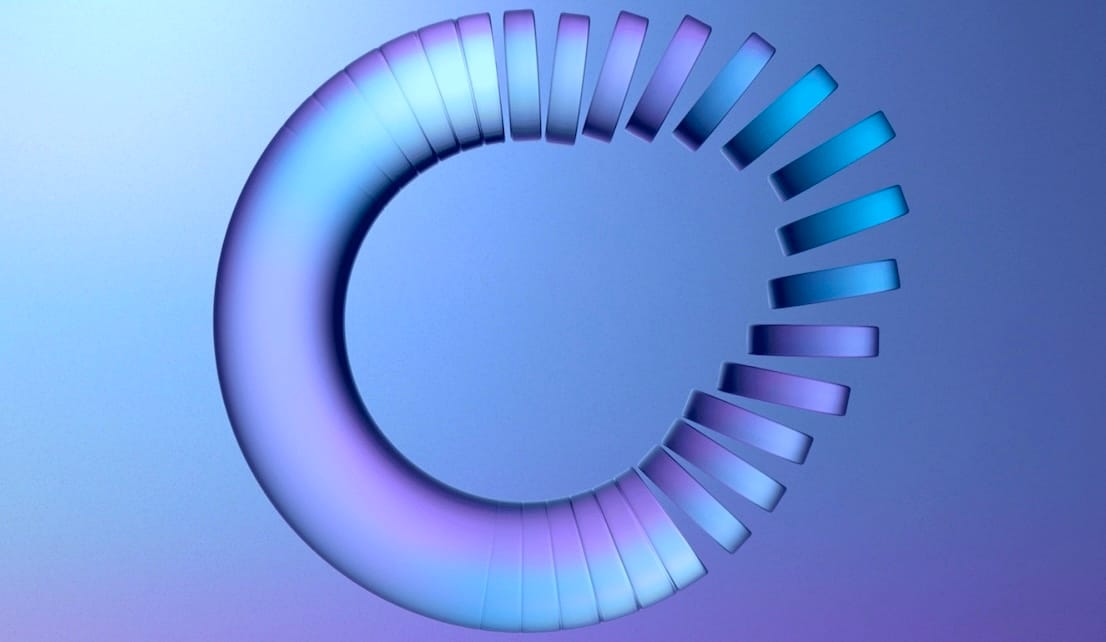
In what could be one of the biggest behind-the-scenes moves in recent DJ tech history, AlphaTheta, Algoriddim, and Native Instruments just announced OneLibrary — a new unified music library format designed to let DJs prepare their sets once and use them anywhere, no matter the software.
That’s right: export from Djay Pro, Traktor, or Rekordbox, drop your USB into compatible Pioneer/AlphaTheta gear, and go play. No laptop. No conversions. No weird metadata losses.
What Is OneLibrary?
At its core, OneLibrary is a rebrand of Rekordbox’s “Device Library Plus”, now with Traktor and Djay Pro support baked in. It allows DJs to export:
✅ Playlists
✅ Cue points
✅ Loops
✅ Beatgrids (including Djay’s AI-powered beatgrids)
✅ BPM + key info
✅ Waveform data
…directly to a USB drive, which can then be plugged into select Pioneer DJ/AlphaTheta players for full plug-and-play performance.
Compatible Hardware (So Far)
Right now, OneLibrary exports are recognized by:
CDJ-3000X
CDJ-3000 (with firmware update)
XDJ-XZ
Opus Quad
Omnis-Duo
It’s a short list for now, but these are all pro-grade players — meaning this format is clearly aimed at DJs walking into clubs, events, or festivals with a USB and a plan.
Why It Matters
If you’ve ever wasted a Sunday syncing hot cues between Rekordbox and Serato (or cried after losing your beatgrids when switching laptops), this is potentially huge.
Cross-platform crate prep has been one of the most requested features in digital DJing — for years.
Until now, we’ve been stuck using third-party conversion tools, endless XML hacks, or just giving up and rebuilding everything manually. OneLibrary promises to fix that.
What’s the Catch?
A few things to note before you toss your laptop:
Traktor Play (a slimmed-down version of Traktor) and Traktor Pro 4 support is coming soon — but it’s not live yet.
Djay Pro for Mac & Windows supports USB export now; iOS is currently read-only, and Android is out of the loop entirely.
No word on Serato or Engine DJ support — and let’s be honest, they’re key players in this game.
And while Algoriddim and Native Instruments have helped shape the format, this is still very much AlphaTheta’s baby.That raises questions about long-term openness and how neutral the playing field will really be.
Is This the Future, or Just a Branded Bridge?
We’re cautiously optimistic.
Yes, this is basically a rebranded Rekordbox export tool — but the fact that multiple companies are working together at all is progress. If more manufacturers and platforms jump in (👀 Serato, Engine DJ, Virtual DJ), OneLibrary could evolve into a true cross-platform performance standard.
That would be a massive win for working DJs who bounce between club gear, wedding setups, and livestream rigs.
OneLibrary isn’t a revolution — yet. But if the intent is real and more brands buy in, this could be the first real step toward one crate to rule them all.

We Want Your Two Cents
Be Honest… How Organized Is Your Music Library Across DJ Software? |
In last weeks poll we asked “Do you think Traktor is getting ready for a big comeback?” 45% responded “Yes — 2026 is going to hit”
Using it for years. It. Just. Doesn’t. Fail
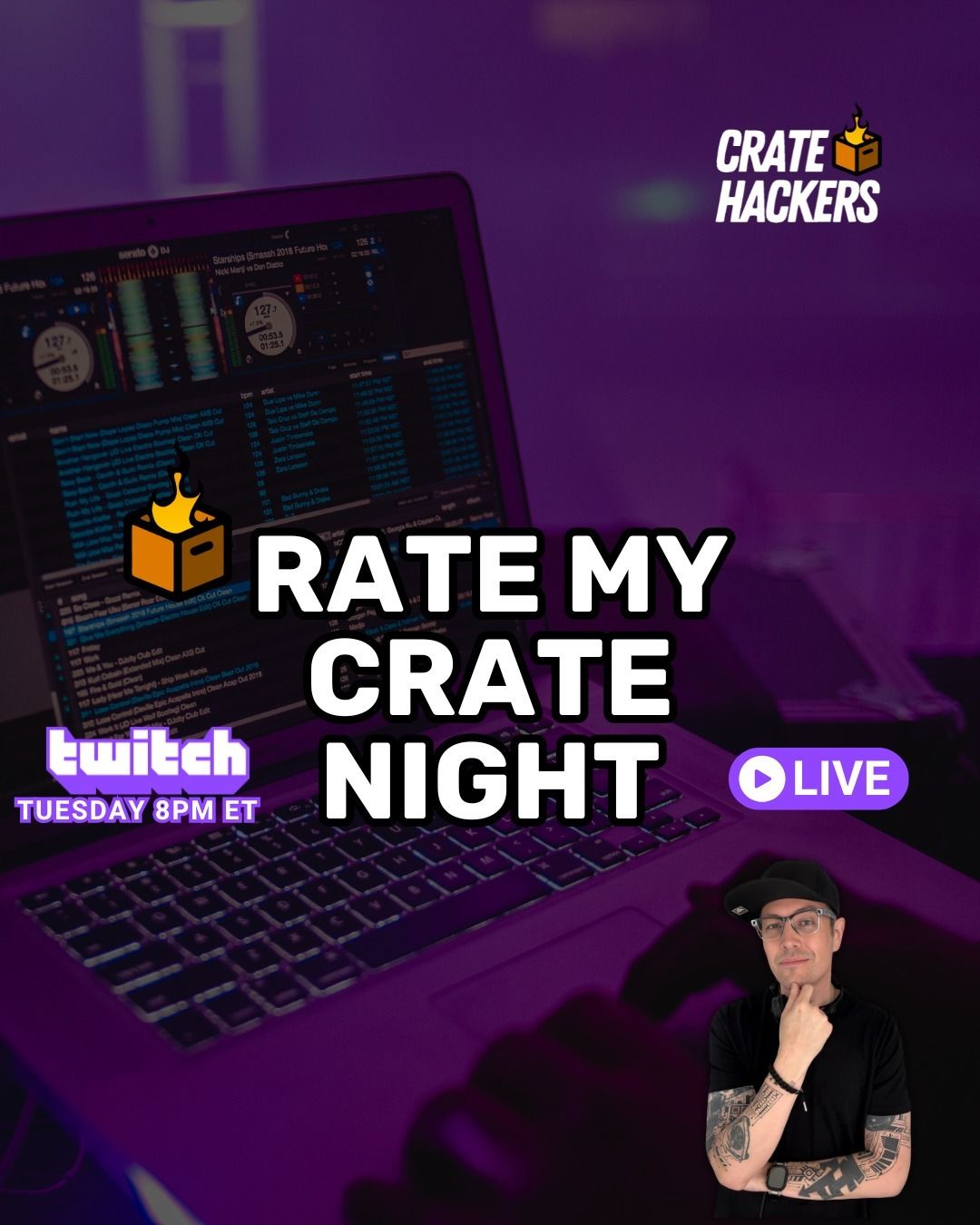
Tonight: Rate My Crate, with Aaron & The Crate Hackers Live Team
You think your crate slaps? Let’s find out. Join us for Rate My Crate Night. A live, honest and real feedback session for DJs who want tighter sets and smoother flow.
We’ll break down real playlists, roast what’s off and fix your transitions on the spot. Bring your best or watch the brave. Either way, you’ll walk out smarter.
🎥 Live on Twitch + cratehackathon.com
🗓️ Tuesday, 8PM ET / 5PM PT
ChatGPT Atlas from OpenAI Is Live — And It’s More Than Just Tabs
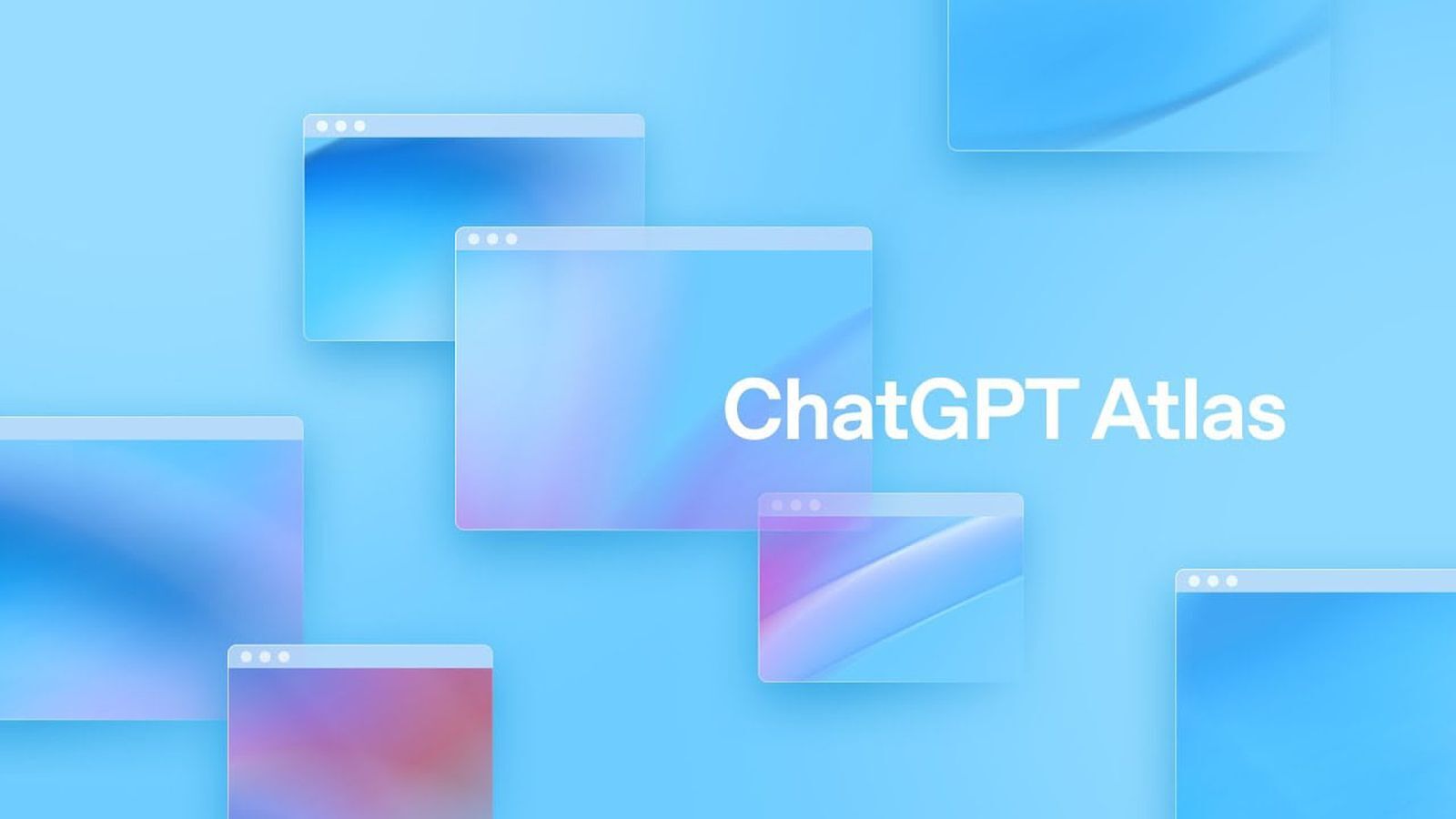
OpenAI just lifted the curtain on its new browser, ChatGPT Atlas — and yes, it really is attempting to rethink what a browser can be. Rather than just showing web pages, Atlas folds in AI, agent‑mode automation, and a window into how creators (including DJs, producers and tech‑savvy creators) might browse their workflows in the near future.
What’s in the Box?
A built‑in ChatGPT sidebar: ask questions, get summaries, compare sites — without bouncing between apps.
Agent Mode (for Plus/Pro users): let the browser perform multi‑step tasks like booking, research or shopping on your behalf.
Memory & context control: Atlas can remember your browsing habits (if you allow it), pulling past actions into future suggestions — and you remain in control.
Launch platform: macOS available now; Windows, iOS, Android versions “coming soon”.
Why It Should Matter to DJs & Creators
If your workflow includes:
digging through tabs for sample licences, trend research, metadata and music business news
prepping social posts, livestreams or set lists across platforms
jumping between software, hardware docs and club tech specs
Then Atlas isn’t just another browser — it could be your productivity cockpit. Imagine querying your browsing history for “latest club‑booth setups + MIDI routing guide,” then directly jumping into relevant pages, automatically summarised and ready to act on. That’s the promise.
Where This Could Go
Streamlined prep for gigs: research trends abroad, check equipment specs, share links — all in one browser space.
Hybrid creation mode: switch from “DJ homework” to “live performance prep” within the same UI, no gear re‑routing.
AI‑first browsing becomes standard: rather than “browser then ChatGPT,” it might move to “ChatGPT is your browser.”
Club tech content mismatch correction: producers or DJ‑educators exploring tutorials, drills and gear reviews will benefit from less friction.
Pro Tip: Even if you’re not ready to ditch your current browser, treat Atlas like a sandbox for your next‑generation workflow. Test how it handles your DJ prep tasks — you might spot bottlenecks your current setup never revealed.
Traktor Just Got More Beginner-Friendly — Is This a Soft Reboot of the Entire Brand?
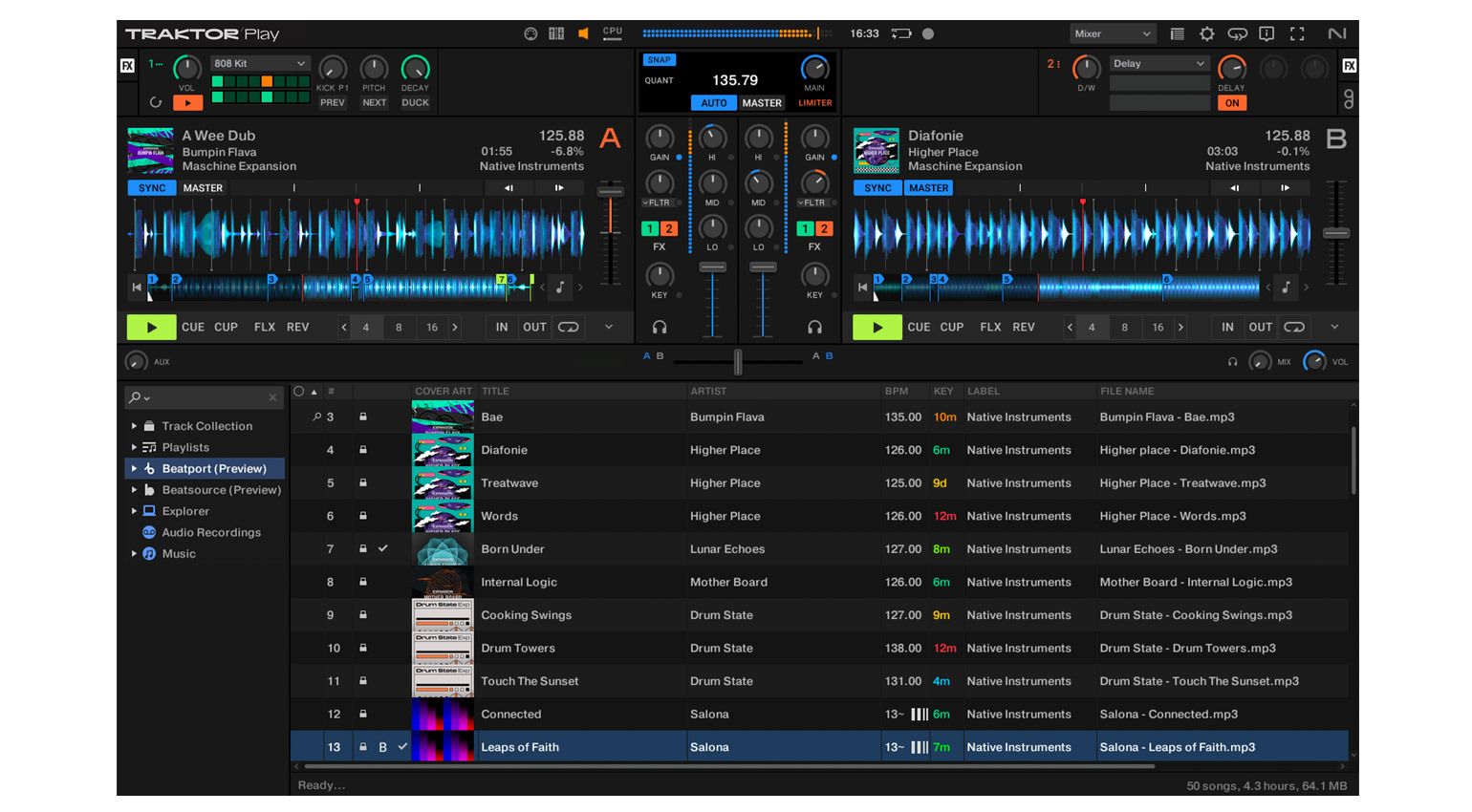
Last week we covered Traktor’s return to hardware with the entry-level MX2 controller. Now they’re back with Traktor Play — a simplified version of Traktor Pro, designed to get new DJs in the mix fast.
This isn’t just about beginner software — it’s part of what looks like a larger Traktor reboot.
What’s Traktor Play?
🎛️ A streamlined 2-deck version of Traktor Pro
🧠 Built for ease of use, no deep learning curve
💾 Includes cue points, loops, FX, beatgrids
📂 Fully supports the new OneLibrary export format
It’s now being bundled with controllers from AlphaTheta (yes, Pioneer’s parent company) and Reloop — a major shift for Traktor, which has historically stuck to its own gear.
Why It Matters
This isn’t a standalone headline — it’s a puzzle piece.
Between Traktor Play, the MX2, and the OneLibrary rollout, Native Instruments is clearly laying the groundwork for:
🧱 A simpler entry point for new DJs
🔄 Cross-platform compatibility
🎯 A smoother path into the Traktor ecosystem
👀 A teased flagship release in 2026 (likely Traktor Pro 4)
After years of silence, Traktor seems to be quietly staging a comeback strategy that actually makes sense.
Traktor Play won’t wow the veterans — but it might be the smartest move NI’s made in years.
Crate Hackers founder Aaron Traylor took the Ray-Ban Meta smart glasses and Neural Wristband from Nashville to Tokyo — and what happened next could change the way DJs prep and perform.
No laptop. No phone. Just hands-free cue points, silent shoutout scripts, POV content, and wearable FX control — all from behind the decks.
In this real-world breakdown, Aaron shares what worked, what glitched, and why the future DJ booth might live inside your face.
If you’ve ever dreamed of mixing like Iron Man, this one’s for you.

The Best or Worst News We’ve Heard This Week in Social Media
Facebook Is Quietly Becoming a Monetization Powerhouse — Here’s How DJs Can Cash In
While everyone’s busy chasing TikTok trends and Instagram reach, Facebook’s quietly building a full-on monetization machine for creators. And unlike some other platforms, it’s actually paying out.
Whether you’re livestreaming sets, posting Reels, or building community around your brand, Facebook now offers multiple ways to turn your content into income. And yes — that includes DJs, music producers, and performance-based creators.
Let’s break it down.
1. In-Stream Ads = Passive Video Money
Earn from longer videos (3+ min) with ads placed before, during, or after playback.
✅ Requirements: 5,000+ followers, 60,000 mins watch time in 60 days, 5 videos on your Page.
🎧Great for gig recaps, gear breakdowns, tutorials.
2. Subscriptions = Monthly Fan Support
Let fans pay monthly for exclusive content or perks.
✅ Must be 18+, follow content policies, and live in an eligible country.
💡 Offer early access to mixes, exclusive livestreams, or tracklists..
3. Stars = Livestream Tips That Add Up
Viewers send Stars during livestreams (or now even on video posts).
📈 1 Star = $0.01 — it adds up fast, especially if you’re consistent.
🎧 Use it during livestream sets, Q&As, or behind-the-scenes content.
4. Brand Collabs Manager = Paid Partnerships
Get matched with brands looking to sponsor creators.
✅ Requires consistent engagement and good standing.
💡 Ideal for DJs who post nightlife, fashion, or music gear content.
Bonus Tools to Help You Track It All
Use Meta Business Suite or Creator Studio to manage content, schedule posts, and track your earnings. Not flashy, but effective.
Why This Matters for DJs
Most DJs are sitting on revenue potential they haven’t activated. If you’re already posting gig content, livestreams, Reels, or behind-the-scenes footage — you’re already creating monetizable content.
The difference now? Facebook wants to pay you for it.

with Aaron Traylor
Tonight’s Hackathon is Rate My Crate—which means we’re going full surgeon mode. If your crates are chaotic, outdated, or just plain uninspired, prepare to be exposed. These five Cheat Codes are based on Crate Hackers’ most elite strategies—proven frameworks for building smarter, faster, and floor-filling crates. This isn’t just organization—it’s DJ psychology at 128 BPM.
Cheat Code #1: Crates Are About Moments, Not Music
One of the biggest mistakes DJs make? Building crates by genre or artist. But crowds don’t respond to “90s Hip-Hop”—they respond to vibes like “That was our song” or “Oh sh*t, this is my jam!”
Crate Hackers’ top performers build by moment type: “Peak Hour Singalongs,” “Hype Bridges,” “Drunk Aunt Anthems.”
Action Step: Audit your top crates and relabel them based on crowd emotion or set moment—not metadata. Think like a movie director, not a librarian.
Cheat Code #2: Crate Hierarchies = Your DJ Brain, Externalized
Pro DJs don’t dig. They deploy. The best crates follow a nested hierarchy:
Event Type → Energy Tier → Vibe/Genre
Example: Wedding > High Energy > Throwback Hype
This gives you surgical access mid-set—so you’re not aimlessly scrolling when the floor shifts.
Action Step: Rebuild your crate structure like folders on a hard drive. Tag every track with where it lives in your set—not just what it is.
Cheat Code #3: The 3-Crate Theory (The Golden Triangle)
Every winning set needs three core crates that work like a rotation:
Anchor Crate – Songs that always hit
Discovery Crate – New or risky tracks to test
Energy Reset Crate – Tracks that recalibrate the floor without killing it
Action Step: Build your “Golden Triangle” tonight. Rotate through them as your core live set loop.
Cheat Code #4: Micro Crates Beat Mega Crates Every Time
Huge 200-song genre crates are a liability, not a flex. Crate Hackers pros slice everything into micro crates: 8–15 songs max, hyper-specific use cases.
Ex: “Latin Singalongs – 95–105 BPM” or “Dirty South Teasers – 2000s Only”
Action Step: Set a max song cap on all new crates (20 or less). If it gets bloated, it gets split. Crates should feel like loaded weapons, not cluttered closets.
Cheat Code #5: Metadata is the Secret Sauce—Tag Like a Nerd
Crate Hackers’ best DJs tag every track with 3+ layers of metadata: Energy Level, Crowd Type, Era, and Transition Cue.
Example: “🔥 | Gen Z | 2010s | Quick In/Out”
These tags make smart crates searchable on the fly—especially with software like Serato or Vibo.
Action Step: Spend 10 minutes a day tagging your top 100 tracks using your own live-tested language. Your future self in the booth will thank you.
ARE YOU LOVING THIS NEWSLETTER? |


Reply